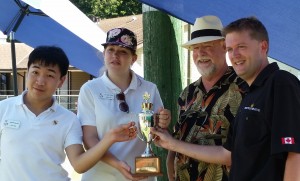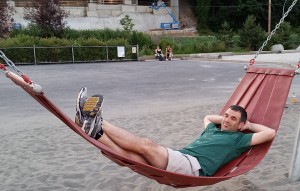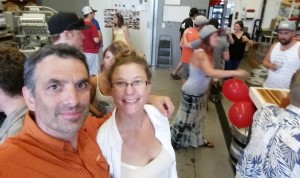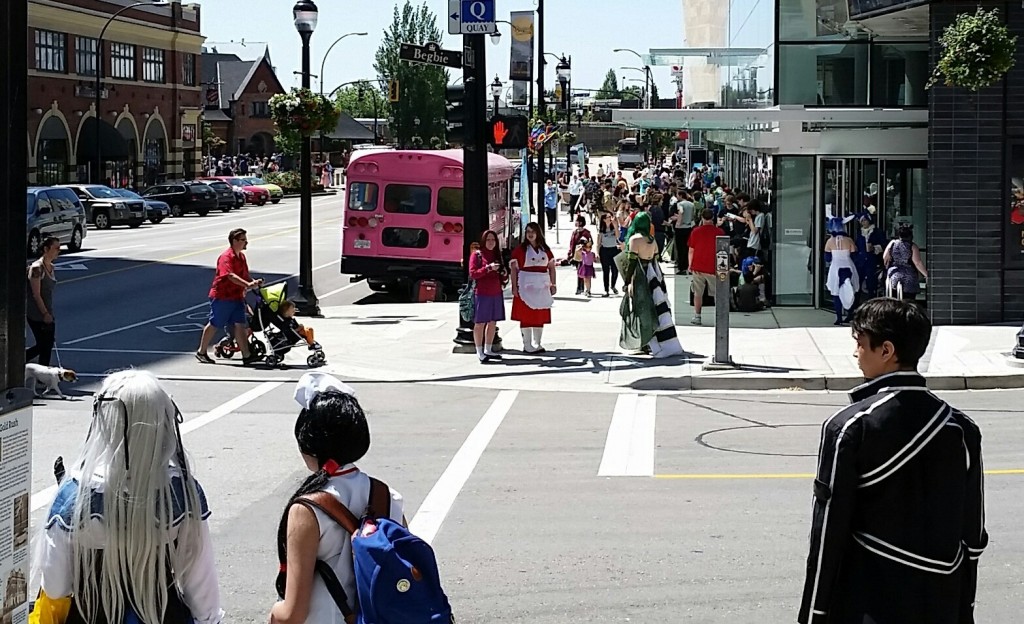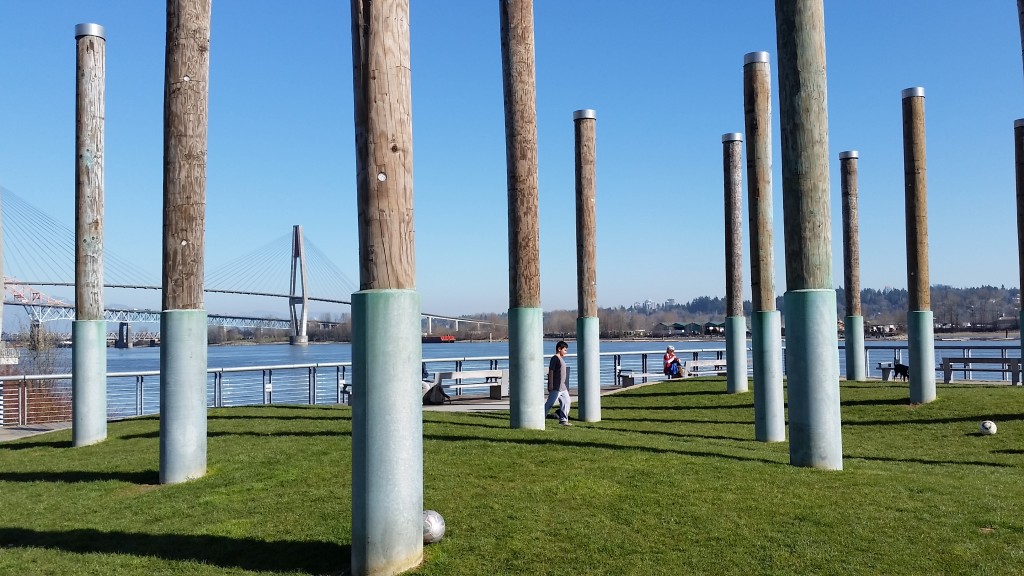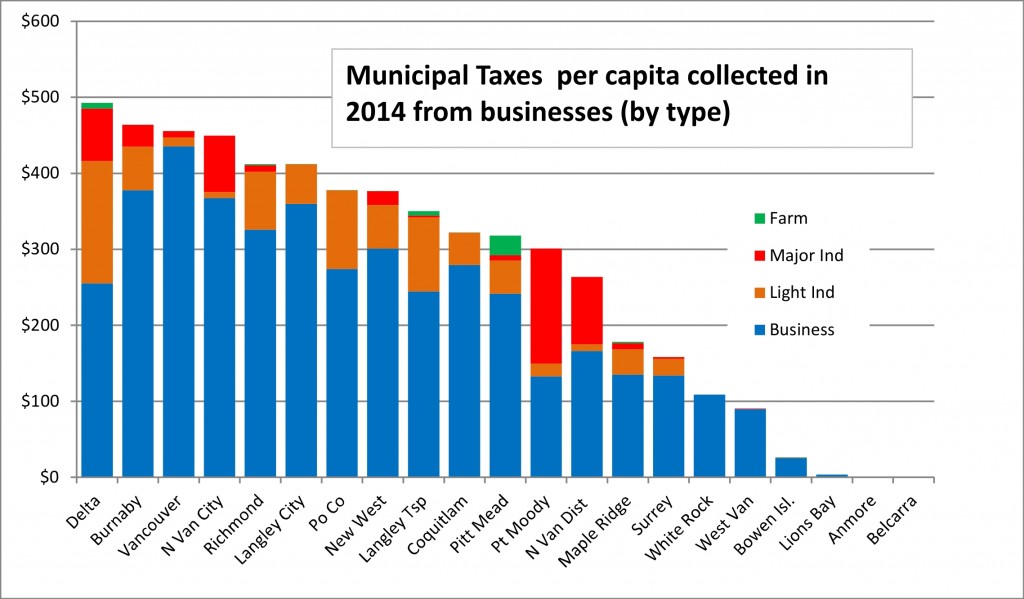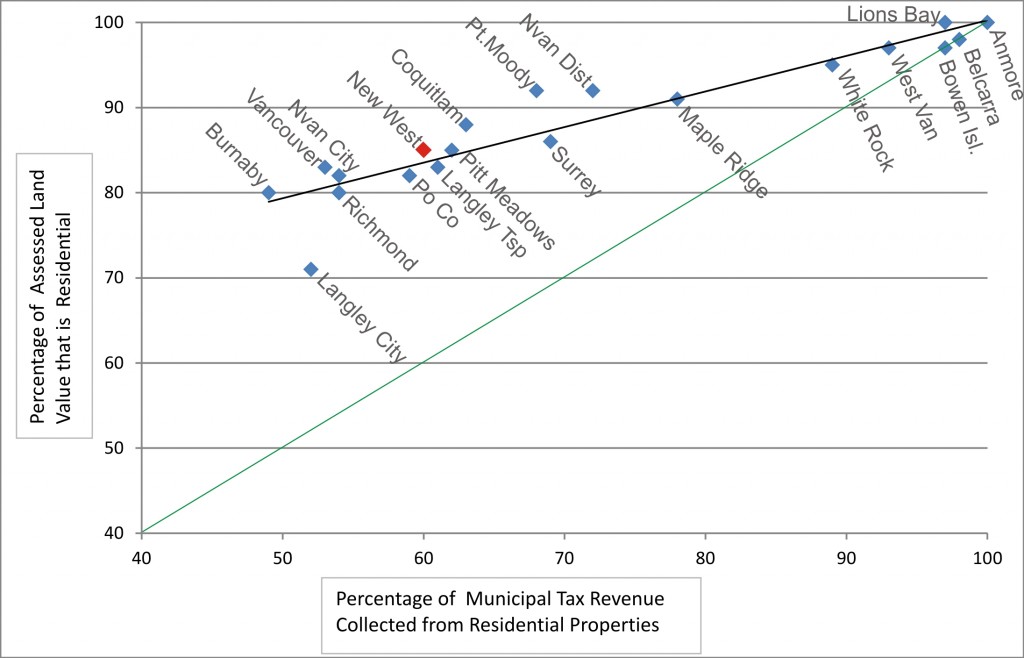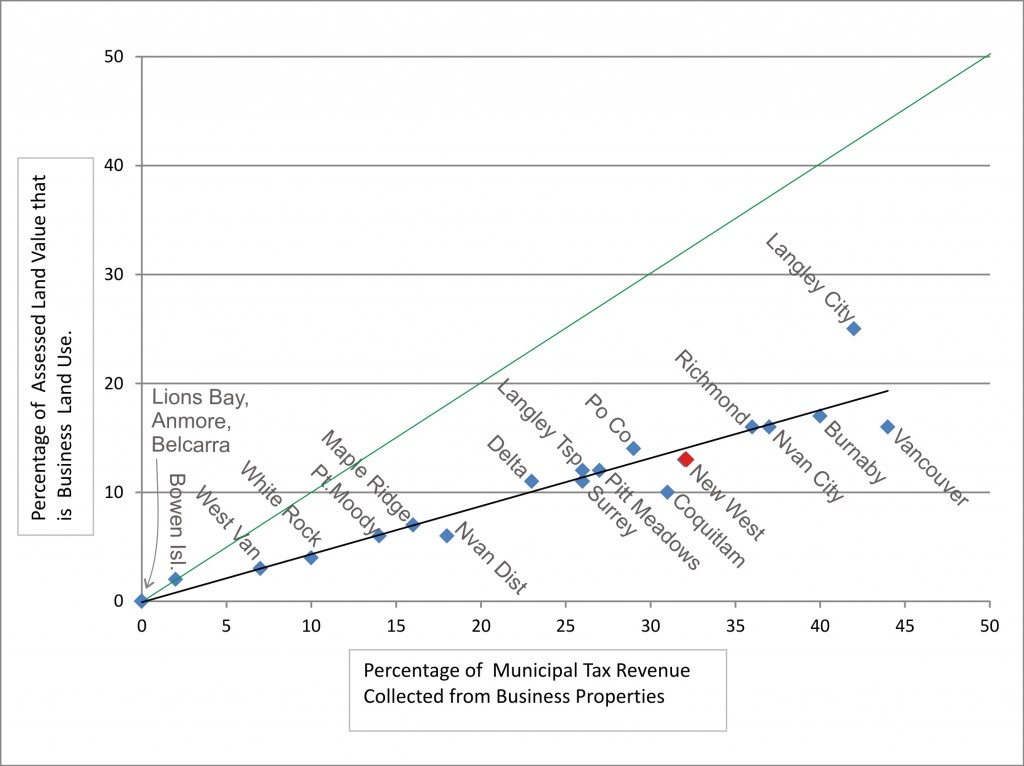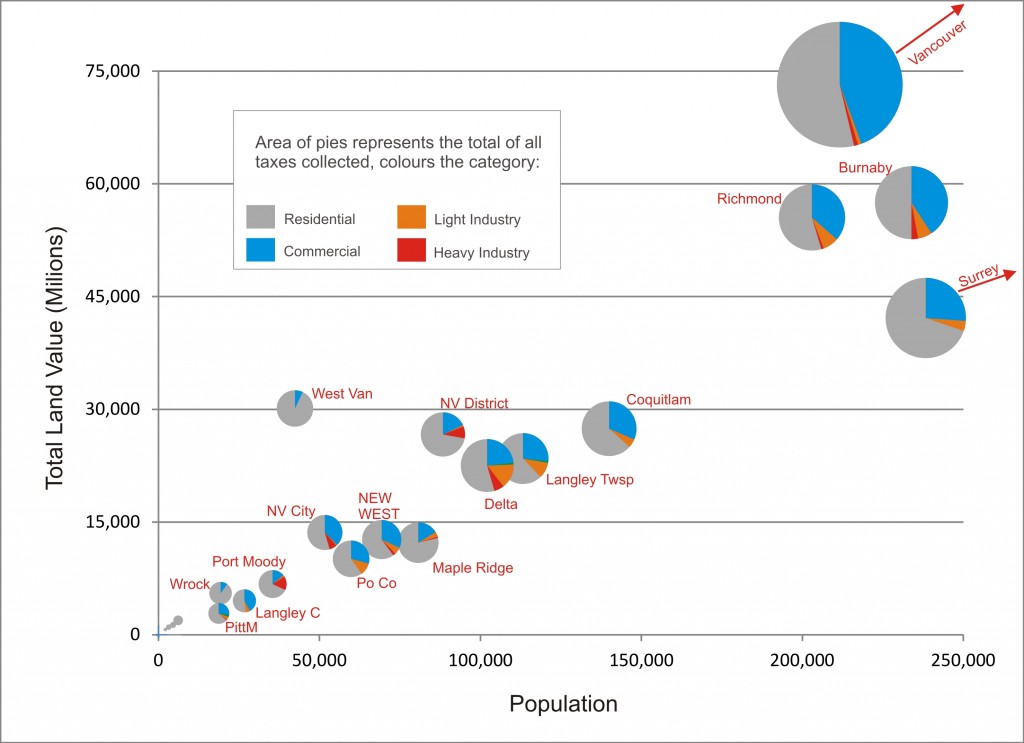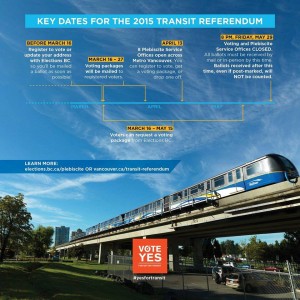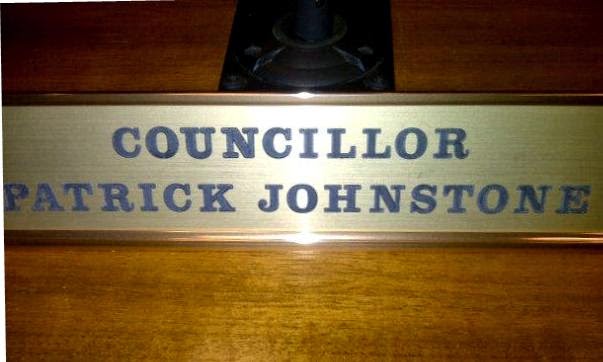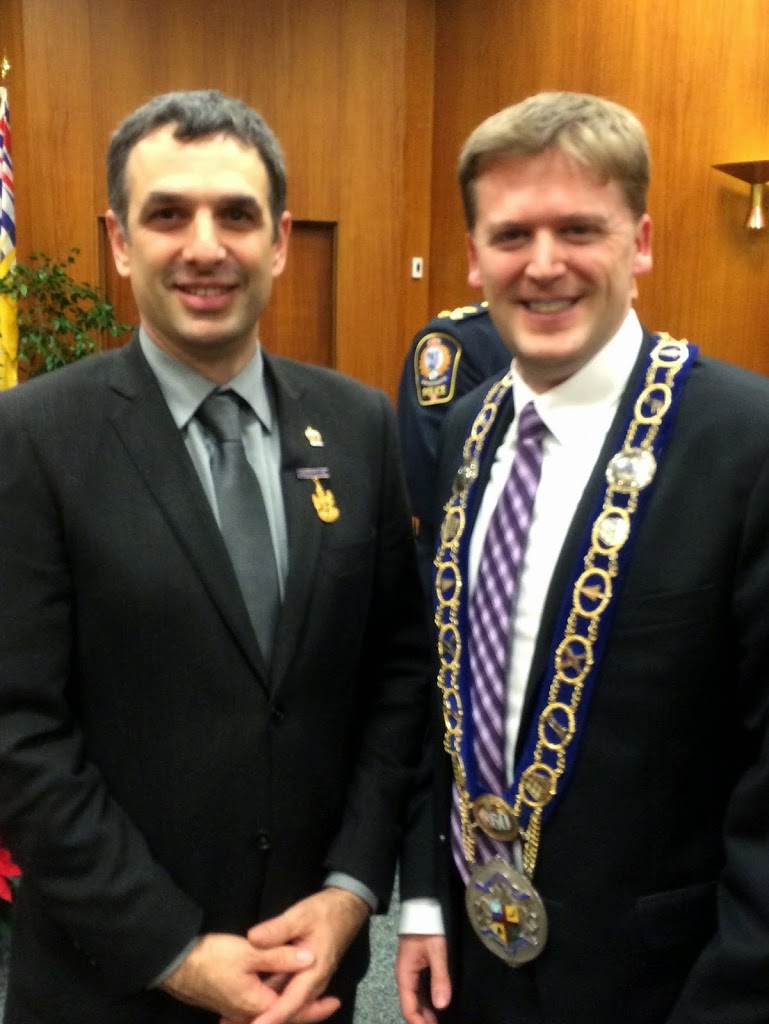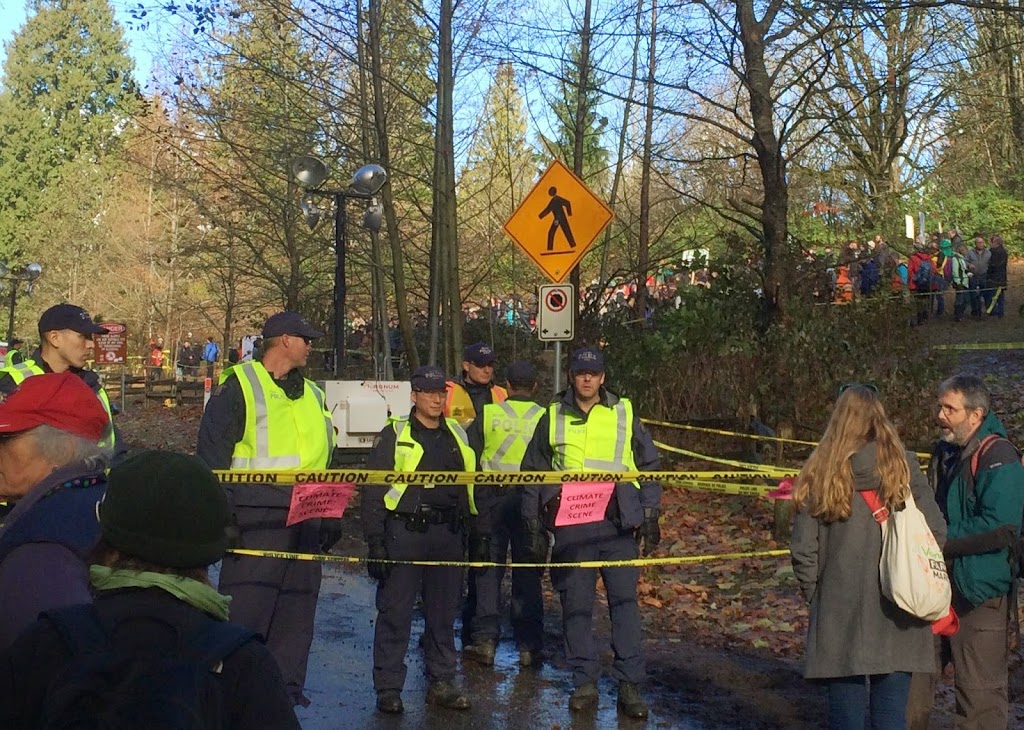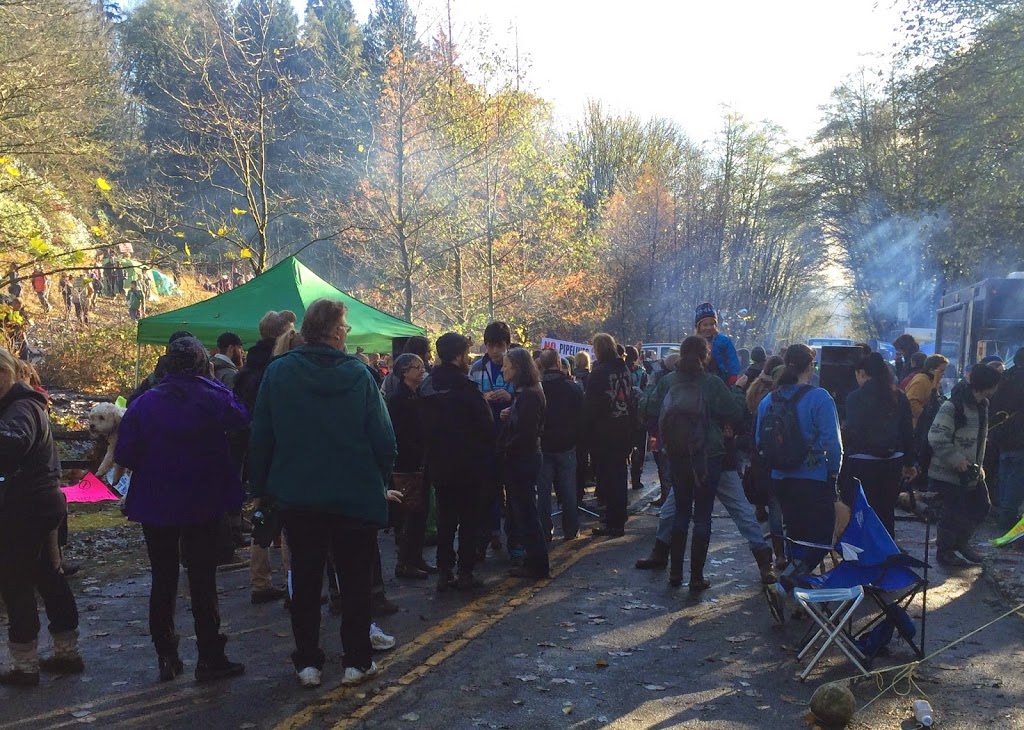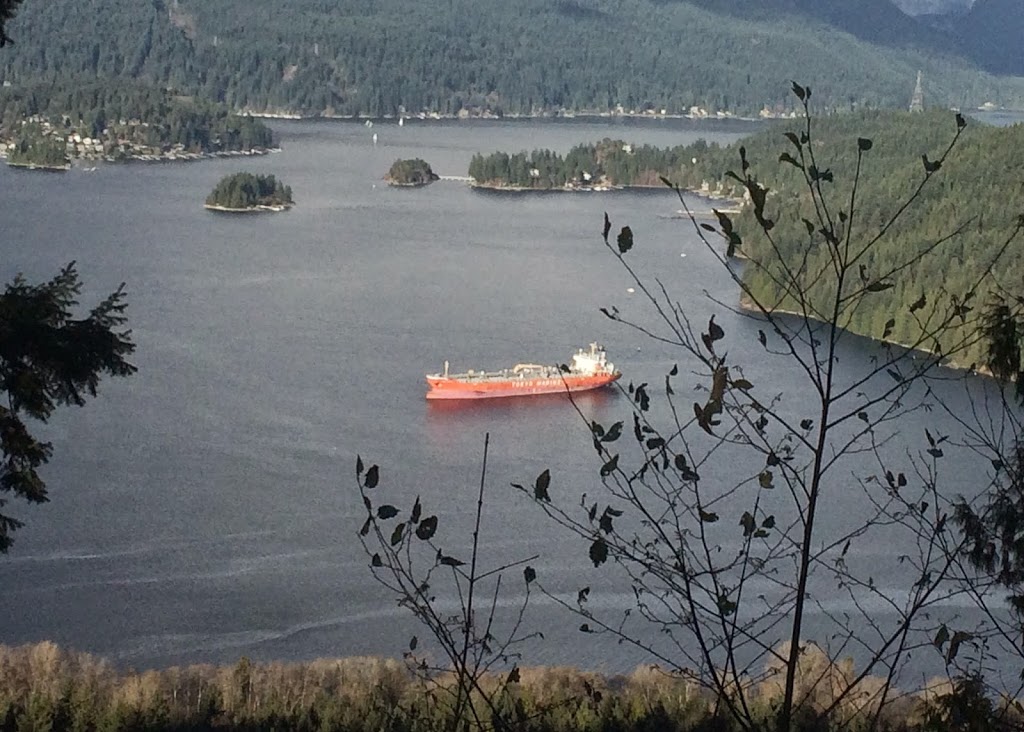I hate that word. Second only to my hatred for the term “jaywalking”. Both terms imply that there is a better use for a public space that you being on it, even if you are not actually stopping those better uses from being exercised. They are (semi-) legal ways of saying “go away kid, ya bother me”.
But I don’t want to defend loitering (a very, very good essay on that topic, with that very title, was already written by Emily Badger), I want to talk about a specific place in New Westminster, where we have completely lost the plot on loitering.
The New Westminster SkyTrain station is the defacto heart of our City. Speak all you want about Queens Park, the Quayside Boardwalk or the Coffee Crossing in Uptown, I will argue that our central downtown transit hub is the centre of our new City. This is where compact, mixed-use, transit-oriented new urban development is centred. When Hyack Square was built to better connect it to the River Market, when hundreds of residential suites and thousands of square feet of retail were developed right on top of it, when the Anvil was conceived as a new community gathering space, it was all about the SkyTrain and New Westminster Station. It is the centre point in the “big vision” for New Westminster, and it is the new “front door” to our Downtown and waterfront, a mix of our Grand Central Station and our Times Square.
As such, New Westminster station needs to be a space where people are comfortable hanging out, walking through, meeting friends, having chats. A place people want to be in, without a particular purpose, which is pretty much the definition of loitering.
It has always been a little tough to love New Westminster Station. It is far better now than the empty parking lot ringed with marginal businesses it was in the late 80s when I first moved to New Westminster, but for the best part of the last decade, it has been a station under construction. Plaza88 / The Shops at New Westminster Station has taken a bit of time to find its character, but is now mostly leased up with an interesting mix of businesses, and is attracting customers. The Kyoto Block (the empty lot between the shops and the Anvil Centre) is still an empty lot and a signficiant missing connection, but despite some dreams I may have had, I’m afraid they will never be realized now that it has been sold. With the Anvil construction just wrapped up and now a year-long construction project on the SkyTrain station, followed by potential expansion of the McInnes Overpass to occur with the River Sky development, and building of the 4th Plaza88 tower, there is more construction to come.
Meanwhile, the plaza opening up to Carnarvon between the front of a Tim Horton’s and the back of a Spaghetti Factory presents you the best-used “grant entrance” to New Westminster. With all due respect to the fine people in the Pawn Brokering industry – is this really the best we can do?
However, it isn’t the walls around the space that we interact with as much as the space itself, and I have had two very different e-mail exchanges of late with New Westminster residents I respect about the “problem” with that plaza space. The interesting part is that they were two very different conversations. One complained about the loiterers and “gauntlet of smoke and dirty looks” they have to endure when walking through the station, the other spoke of all the unfriendly spikes and security presence that is making a presumptively public place less friendly for people to linger.
(it just occurred to me that I should get these two people together for a coffee at the Tim Hortons there and let them come to a solution instead of writing this blog…)
I am very much on the side of the second person: public spaces with people in them are safer, more friendly, better for business, and more fun. It is clear the space in that plaza was initially intended to be lingered in – the architect built bench-height structures around the periphery and decks in front of the restaurants, there was even initially some funky plastic chaise-lounges and benches on the site when the shops opened.
Now, the benches are gone. Metal fences have been installed to prevent sitting on one set of benches, glass wall installed ot prevent sitting on another. And in case you didn’t get the message, the ineffective No Smoking signs have been supplemented with No Loitering signs.
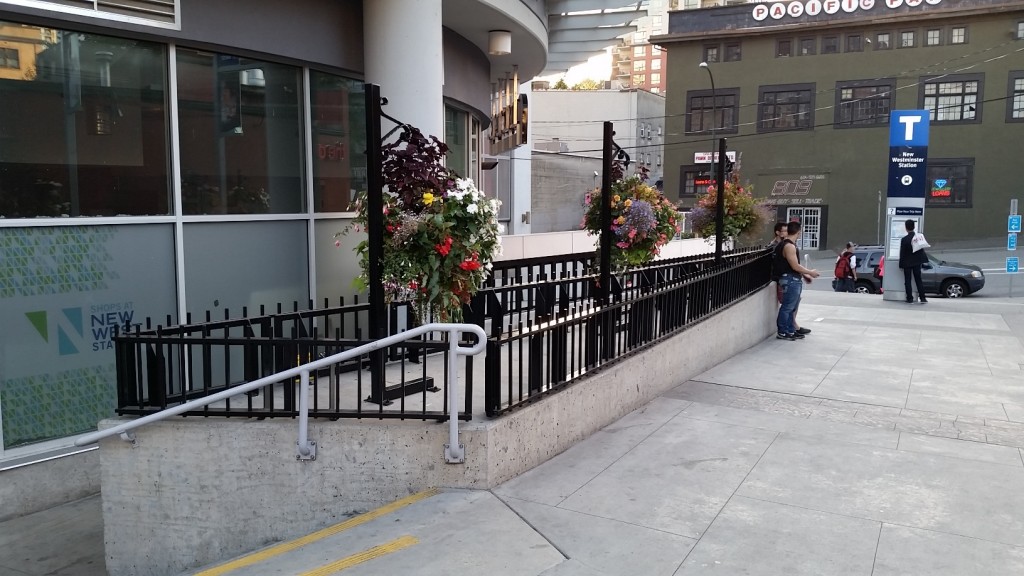
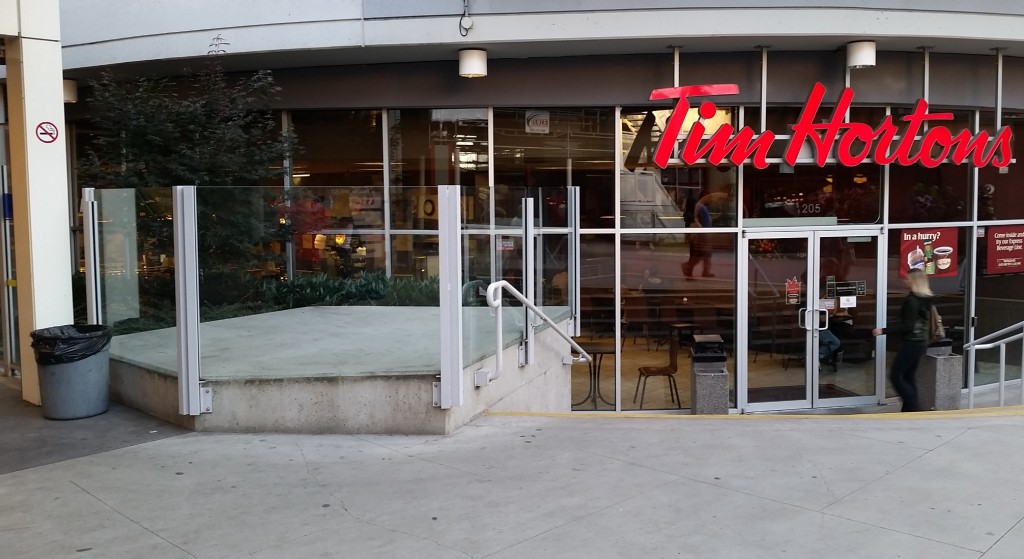
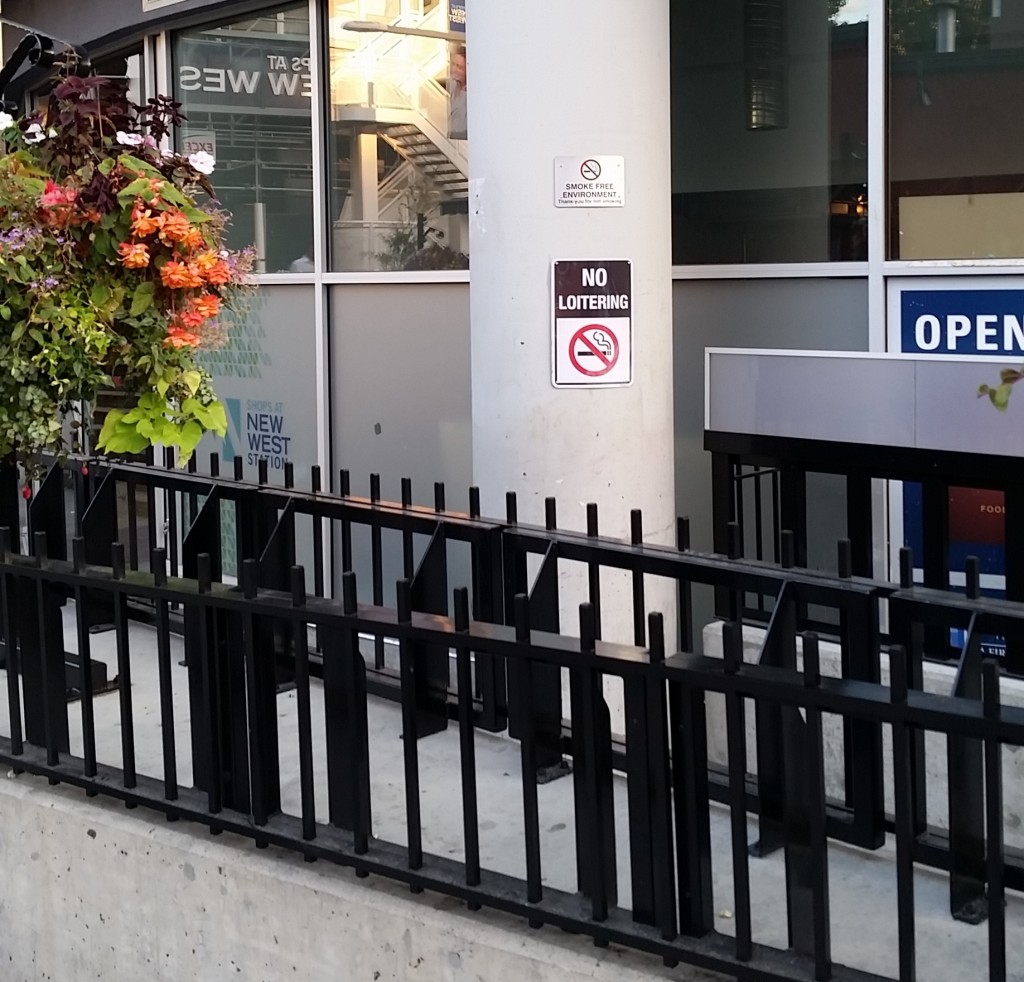
Get away from me, kid, ya bother me.
I remember a talk I heard last year by Susan Briggs, a prof at Douglas College, who discussed the loss of the public realm. We have replaced the town square with the shopping mall, the playground for the McDonalds Playspace, the urban space for the corporate place. Cash-strapped governments are only too happy to have private industry provide the plazas, the parks, the gathering spaces that governments cannot afford to buy, develop, or maintain. This space off Carnarvon is a prime example. It is the only access from the public street to public transit, yet the space is private, and beholden to the rules of the owner. In this case, the owner doesn’t want smoking teenagers and other ne’er-do-wells hanging about.
Actually, I as I went down to the area yesterday to take a few photos for this blog, I was approached by one of thee young toughs. He was not very polite in asking who I thought I was taking pictures and suggesting I might prefer a punch in the face. He was clearly posturing more than threatening, but the demonstration was pretty clear that this space is not a friendly one for many people.
I’m the first to admit I don’t know what to do about this. I want the entrance to New Westminster to be a welcoming space. But I have two suggestions, one in the control of the City, one not, and both successful in other cities.
The first is soft community policing. I don’t want to be in a place where we send cops down there to bust skulls or push “the wrong people” (whoever decides what that means) out of public space in New Westminster. However, the presence of community policing officers downtown could make it a better place for everyone. Police on foot, talking to people, saying hello and just being present and visible without being threatening, can make a big difference to how people experience the space. But the balance is hard to find, and this approach needs to be very cautious around that balance.
The second (and more promising) approach is to activate the space. The best way to make loitering (the pejorative term) into lingering is to give people a reason to linger, making the space “sticky”. This can include introducing some interactive public art, blending the restaurant seating space with the pedestrian space like you would recognize in the Spanish or French streetscape, or adding buskers or events into the space. The go-to reference for this type of urban space activation is Jan Gehl, and his writings about the “human spaces” between buildings.
Nuggets of these ideas can be seen in the slightly half-hearted attempt of placing the chaise-lounges in the square when it originally opened. A surviving example is the kids’ play area under the SkyTrain in the middle of the plaza level of the Shops, which (despite the shadowy look and roaring trains) has managed to remain an inviting space.
Unfortunately, the exact opposite of these ideas can be seen in front of the Safeway, where a “stickiness” opportunity is lost, and what could have been an active part of the public plaza became the best-defended coffee patio in history. What is the point of this glass wall? To keep people out, or in?
I’m not sure I know what type of “placemaking” can make this place more welcoming as an entrance to the City, but whatever it is, we will need to work with the owners of The Shops at New Westminster Station to make it work, because if it helps the City, it will help them as well. They need loitering for their businesses to be successful, and we want to be a City where people want to loiter.
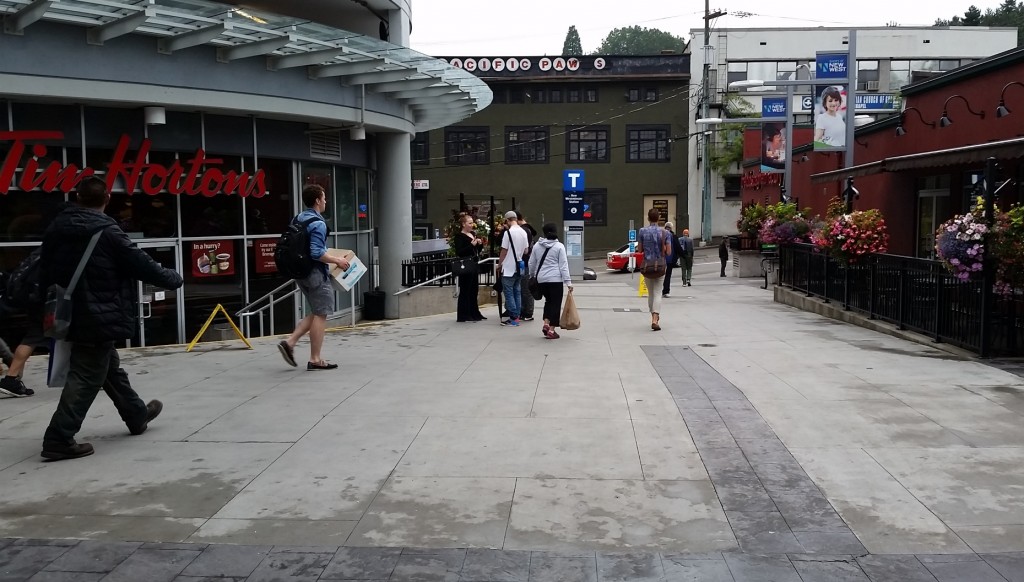
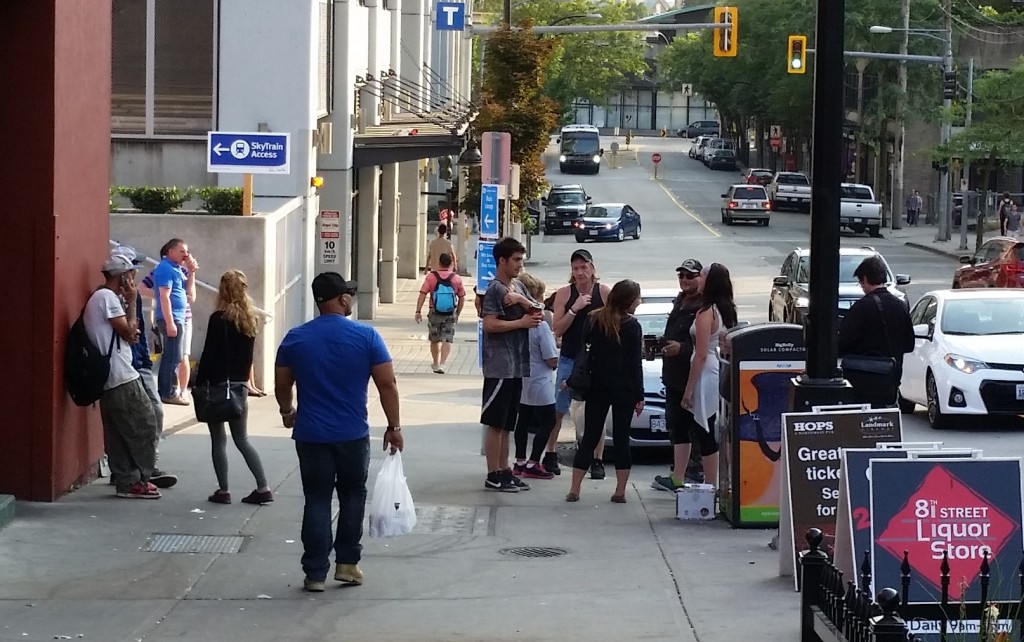
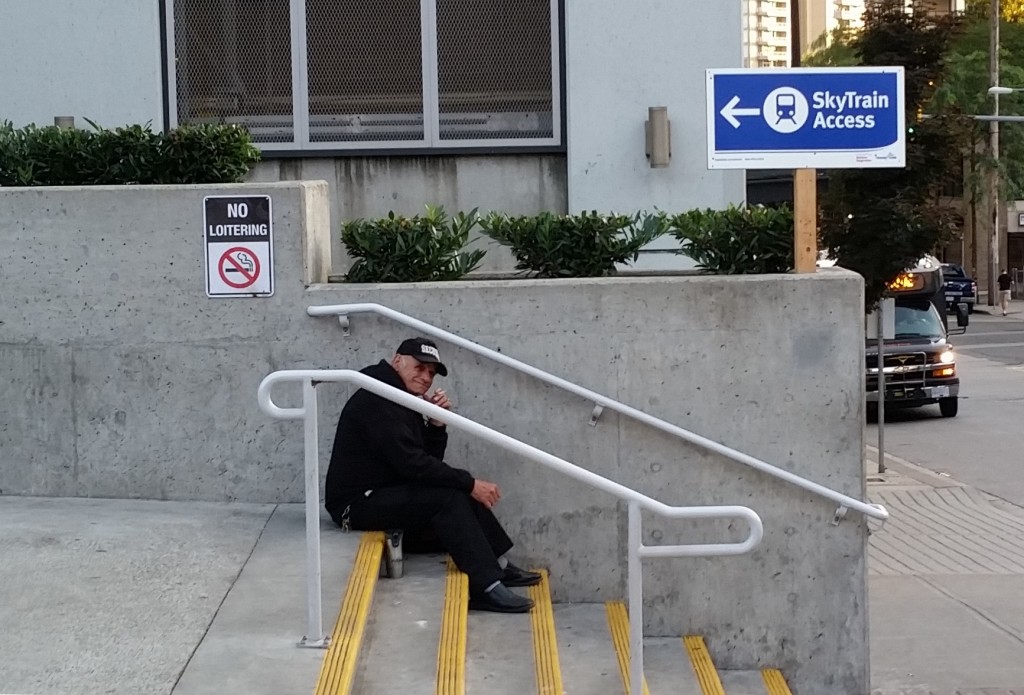
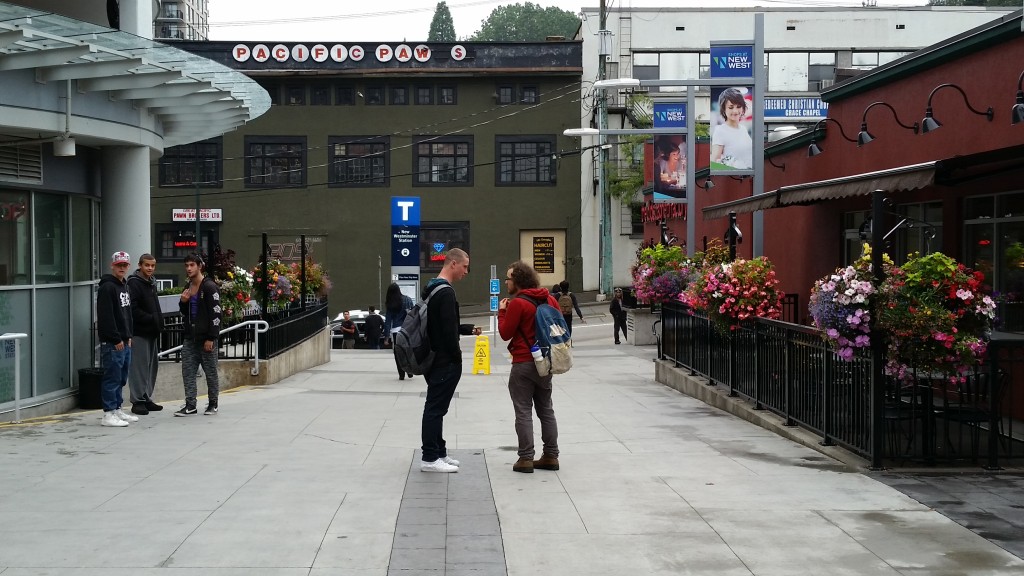
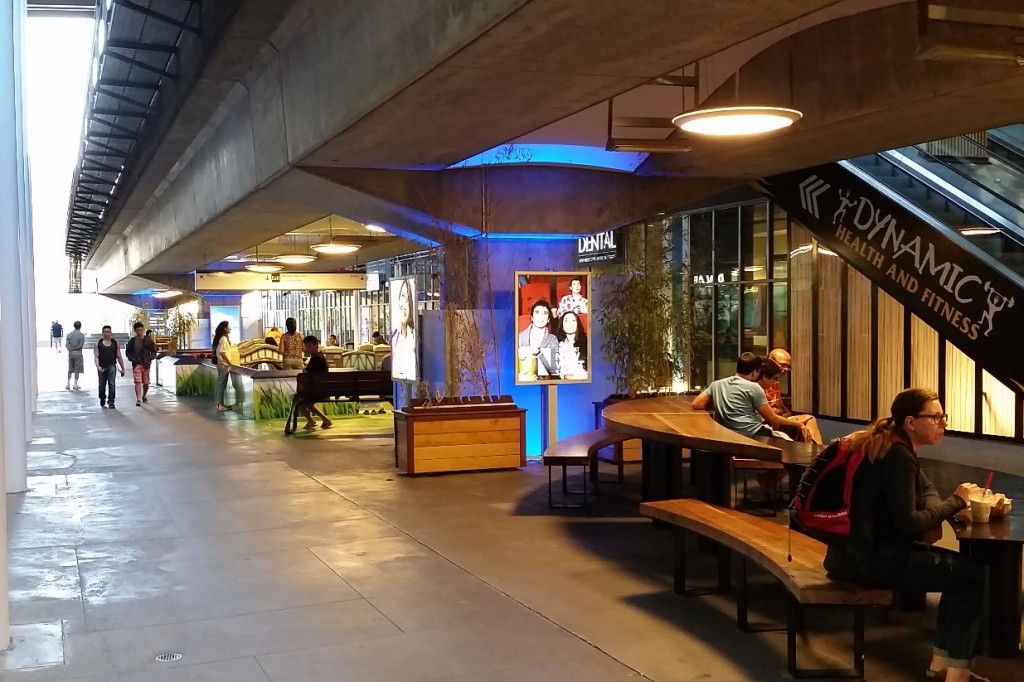
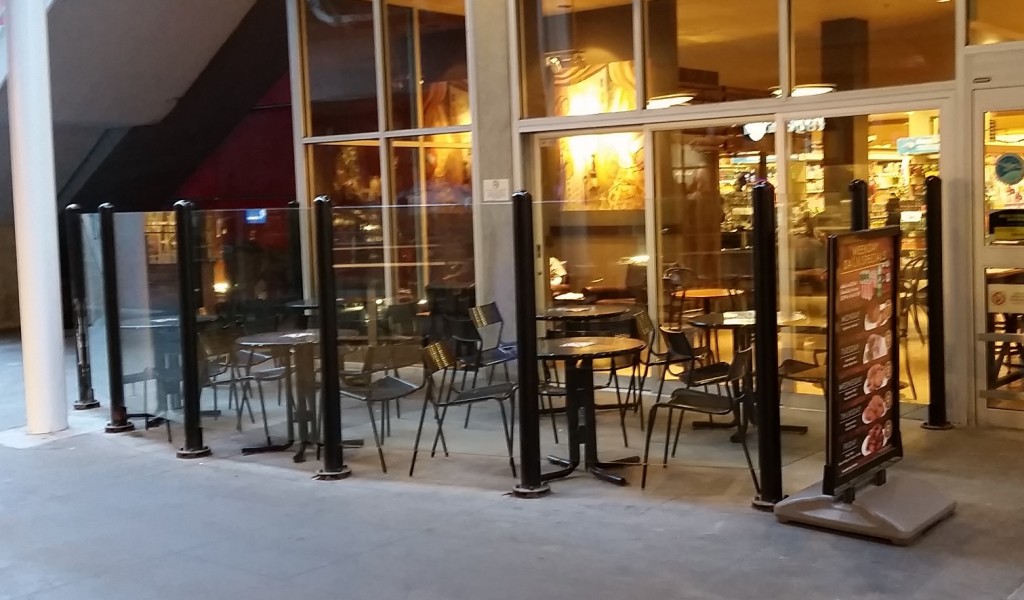
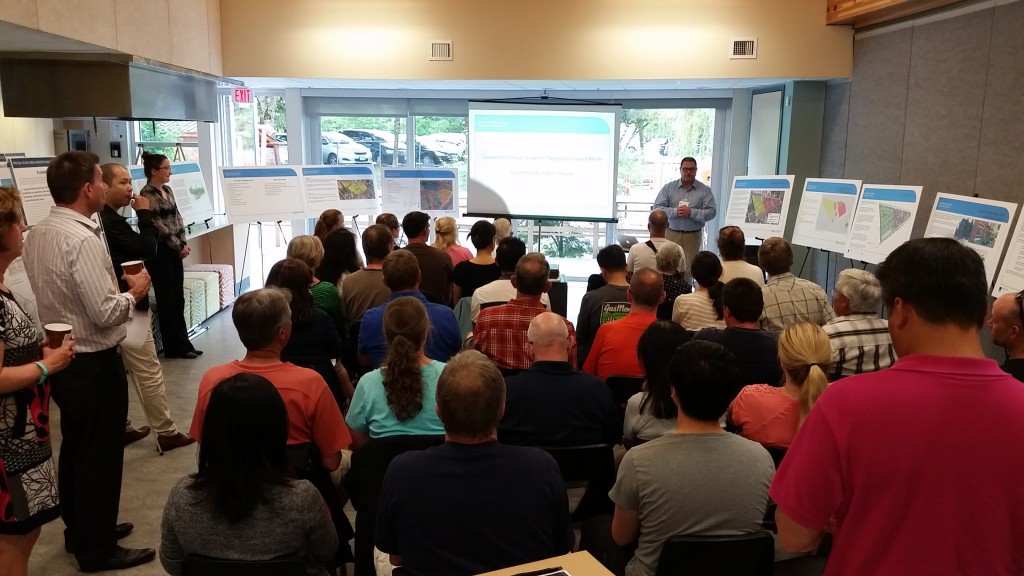
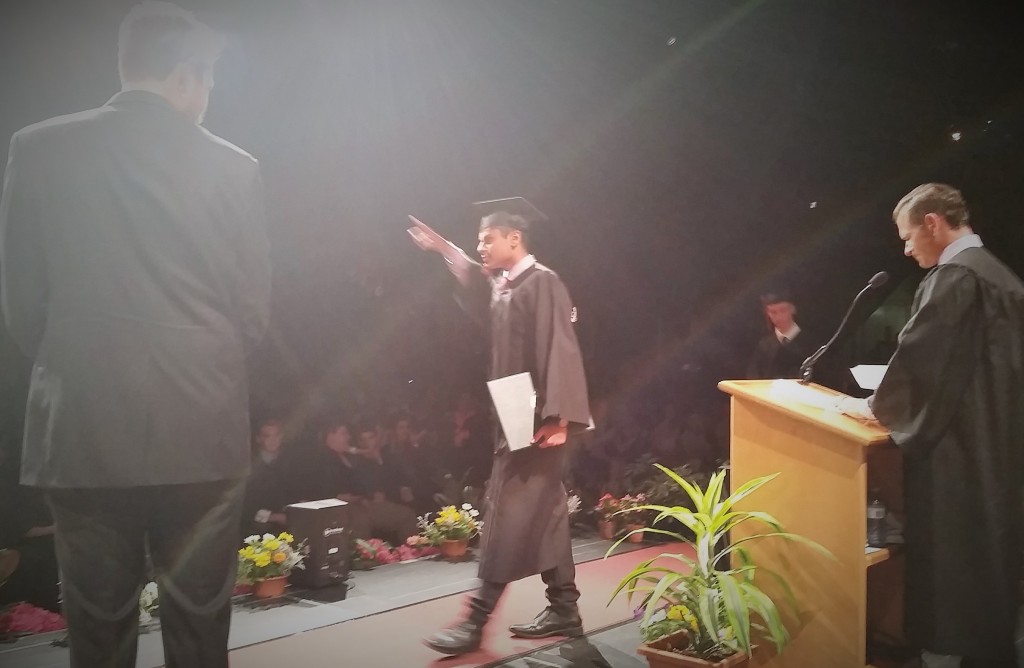 I was only a little chagrined to see that mine was the only bike in the rack, amongst the couple of thousand students, parents, siblings, supporters and dignitaries at Queens Park Arena that night! Well, I guess it was kind of a fancy-dress occasion.
I was only a little chagrined to see that mine was the only bike in the rack, amongst the couple of thousand students, parents, siblings, supporters and dignitaries at Queens Park Arena that night! Well, I guess it was kind of a fancy-dress occasion.